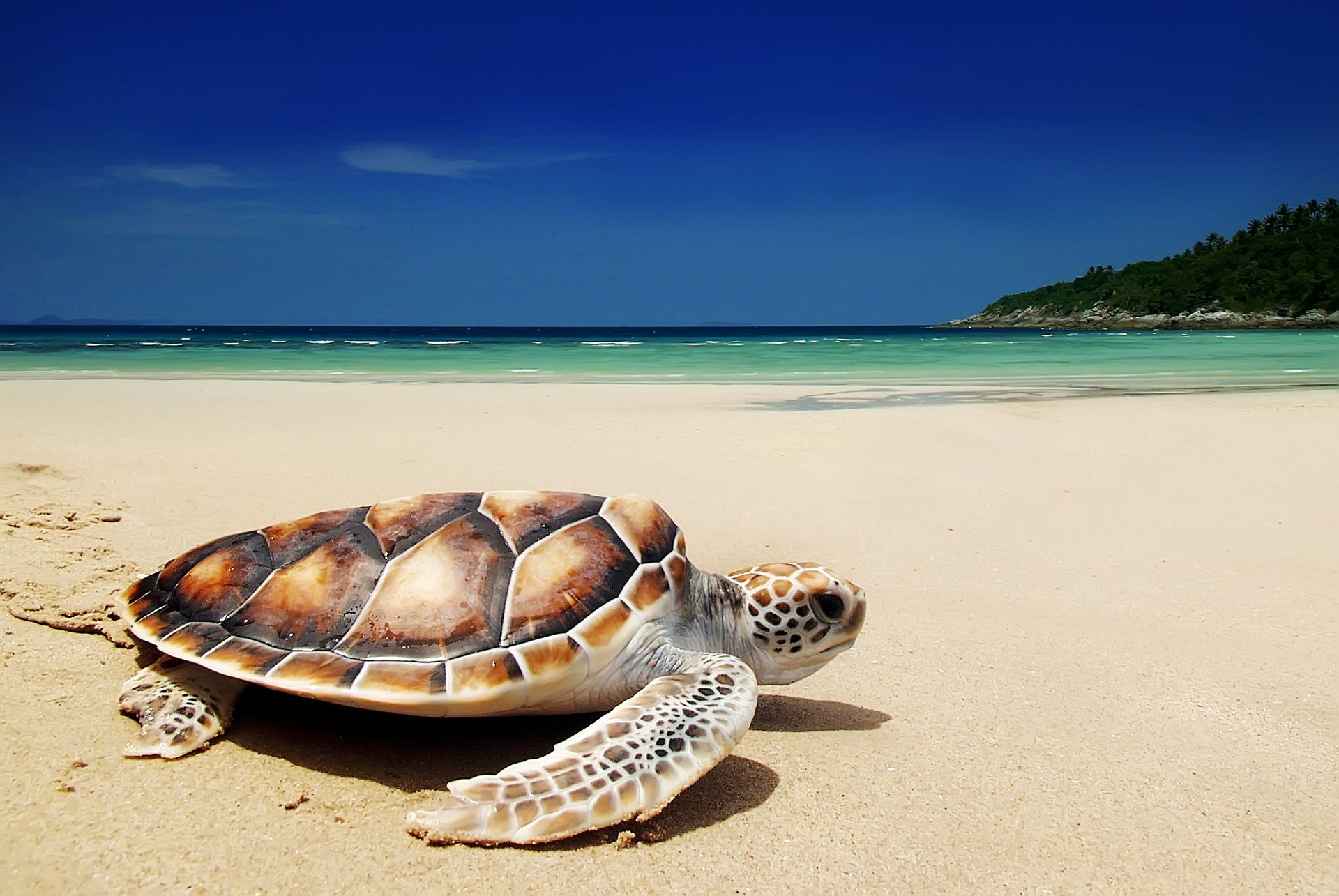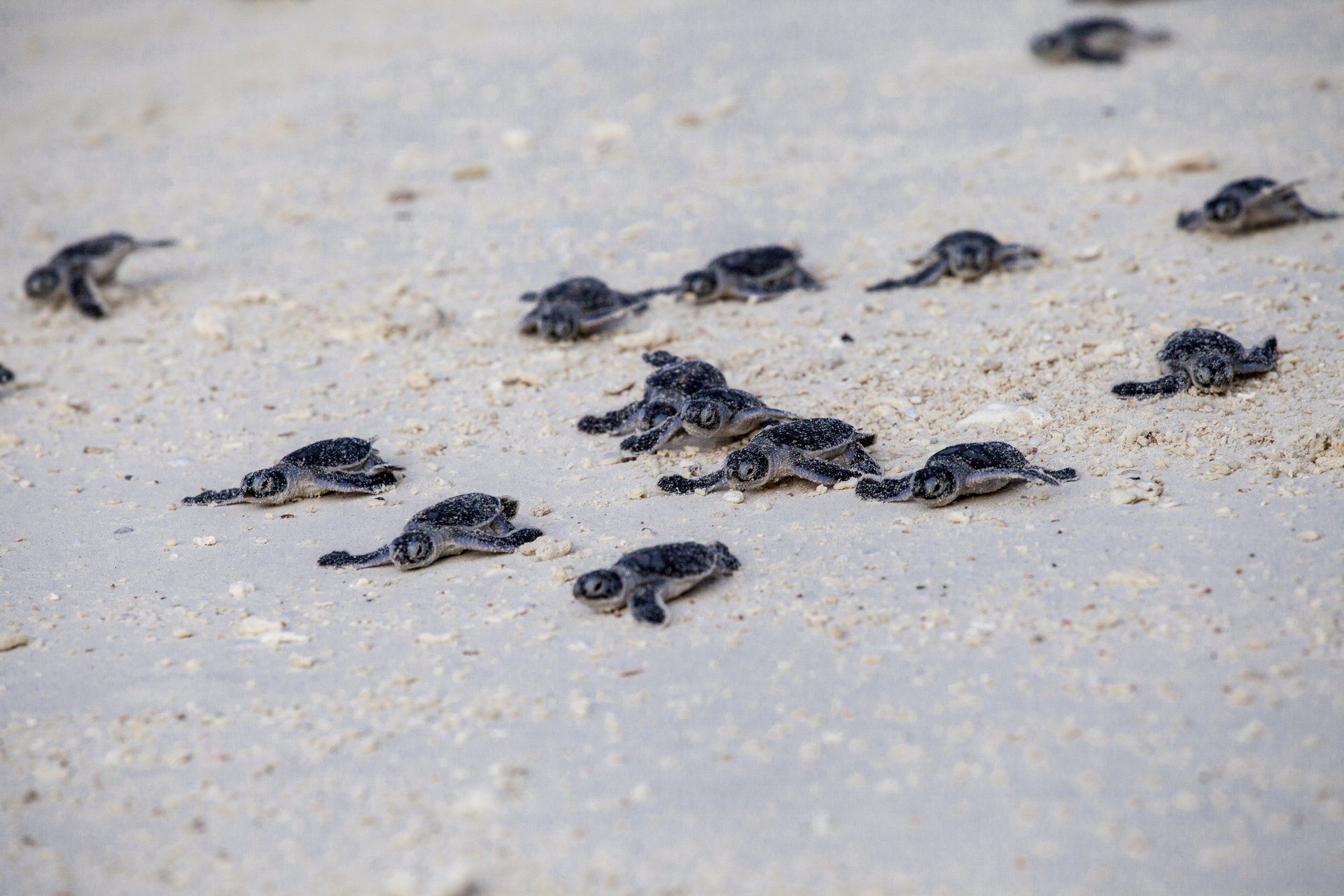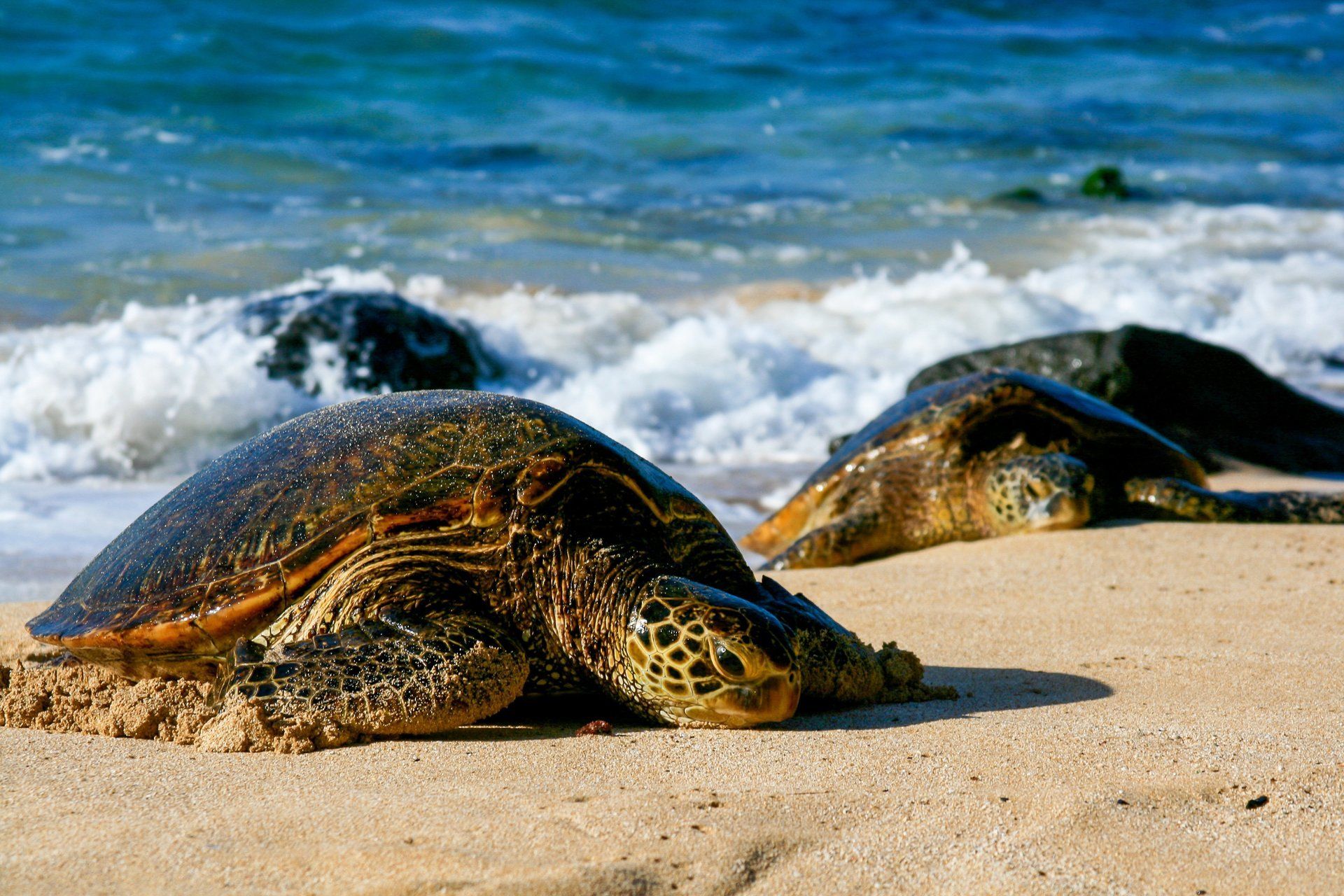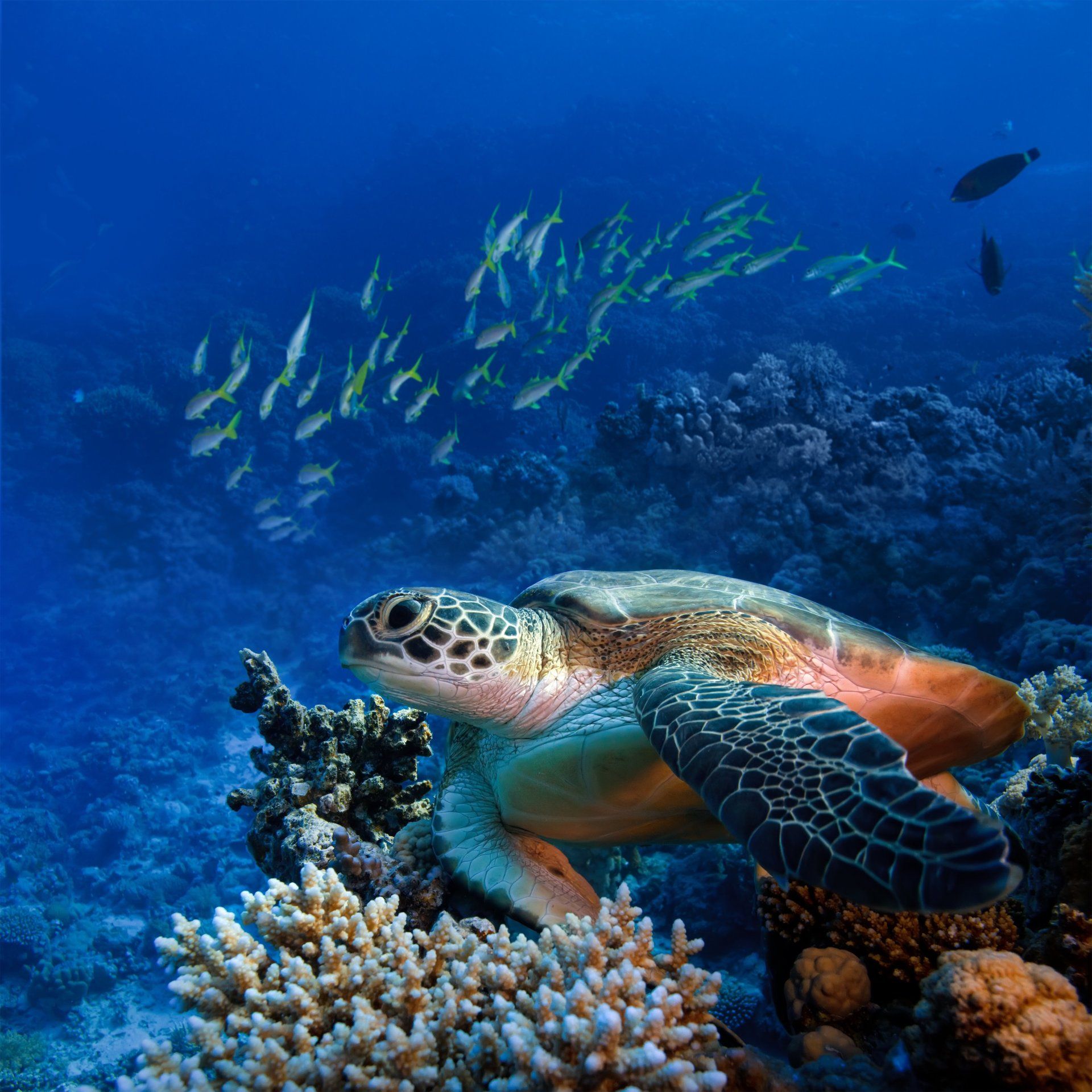Share Through Abundance
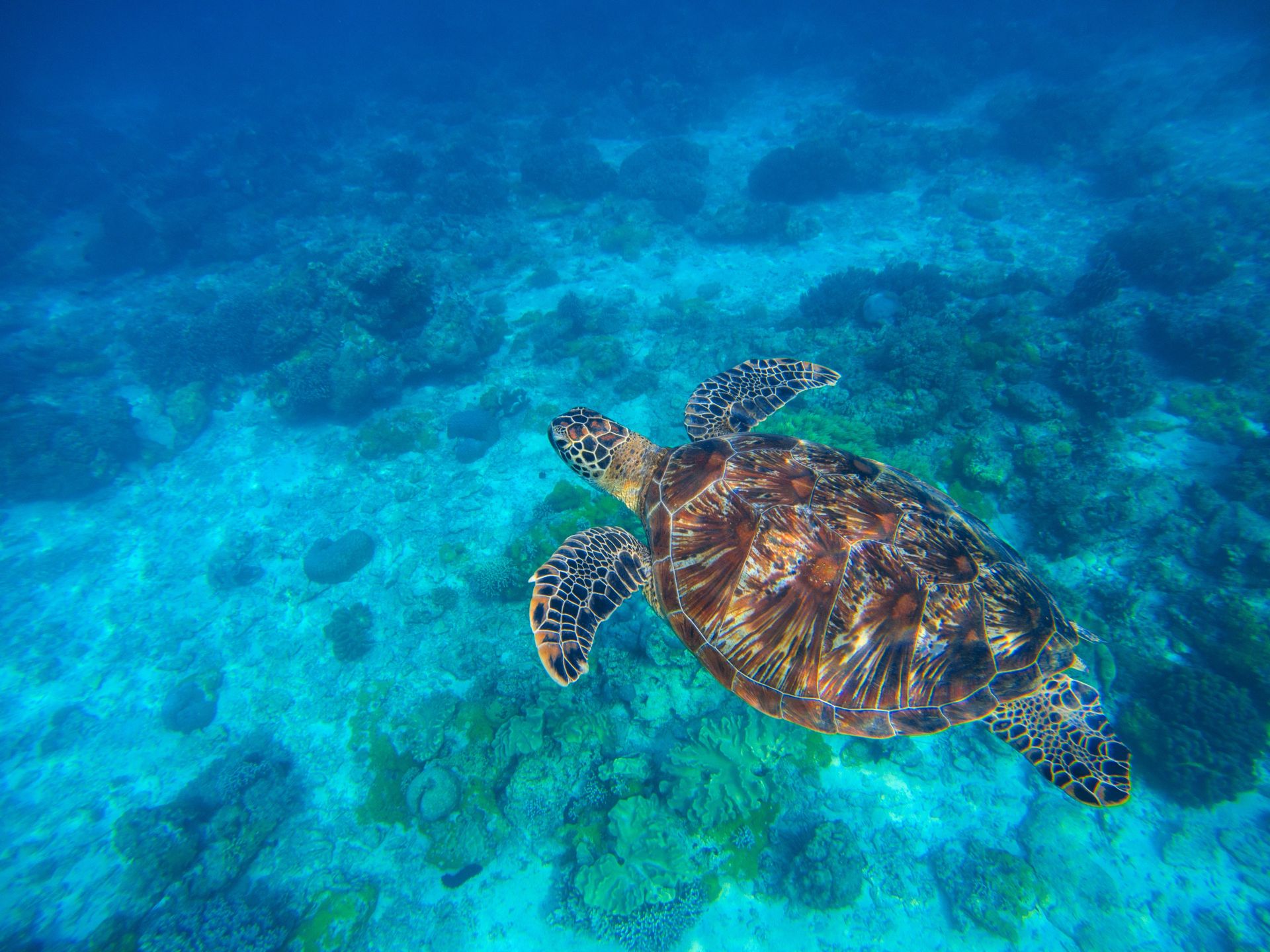
Cobamu /koh-BA-moo/
Comes Back Multiplied
- Give out only that which you desire from life.
- Support and encourage others.
- Develop an attitude of abundance.
- Give selflessly, void of the intention to receive.
- Reap goodness by sowing goodness!
- Increases feelings of satisfaction and self-worth
- Builds a life of increased abundance and fulfillment
- Encourages all with whom you associate to do the same
- Opens the door to receive increased levels of love, support, and encouragement
Recommended Path:
2
- Listen to Cobamu the Sea Turtle.
- Record your thoughts and impressions.
- Read the sea turtle facts.
- After reading the animal facts and listening to the song, how could you liken the sea turtle to the Law of the Harvest?
- Study the Law of the Harvest or the word multiply in your core books.
- What do these words it mean to you?
- Find stories where this law is exemplified and identify similarities to your own life.
4
1. Sea turtles have been around since the age of the dinosaurs and can be found in almost every ocean basin throughout the world. The sea turtles’ shell (or carapace) is designed to protect them from their natural predators and glide through the water easily. Unlike other turtles, sea turtles cannot retract their legs and head into their shells.
2. The champion of sea turtles is the enormous leatherback, which can grow up to 2 m (7 ft) long and weigh more than a ton. Leatherbacks are capable of diving deeper than any other turtle and withstanding the coldest water temperatures found in both the northern and southern hemispheres. They are known to travel up to 16,000 km (10,000 miles) a year.
3. The actual sea turtle lifespan is not known for certain. Most estimates put it between 50-80 years, with many scientists acknowledging that some species can live over a century.
4. Sea turtles spend their entire lives at sea, except when adult females come ashore to lay eggs every two to three years. Female sea turtles return to the same nesting grounds where they were born and will lay up to 150 eggs in a season.
5. After about 60 days, hatchlings emerge from their sandy nests and scuttle as fast as they can to the ocean. The gender of each turtle depends on how hot or cold their environment was while they were in their eggs. Warm temperatures tend to produce more female hatchlings, whereas cooler temperatures result in males.
6. Of the seven species of sea turtles, six are endangered or threatened, in part due to poaching, entanglement, and pollution. It is estimated that only one hatchling in a thousand will make it to adulthood.
7. What else can you learn about sea turtles?



